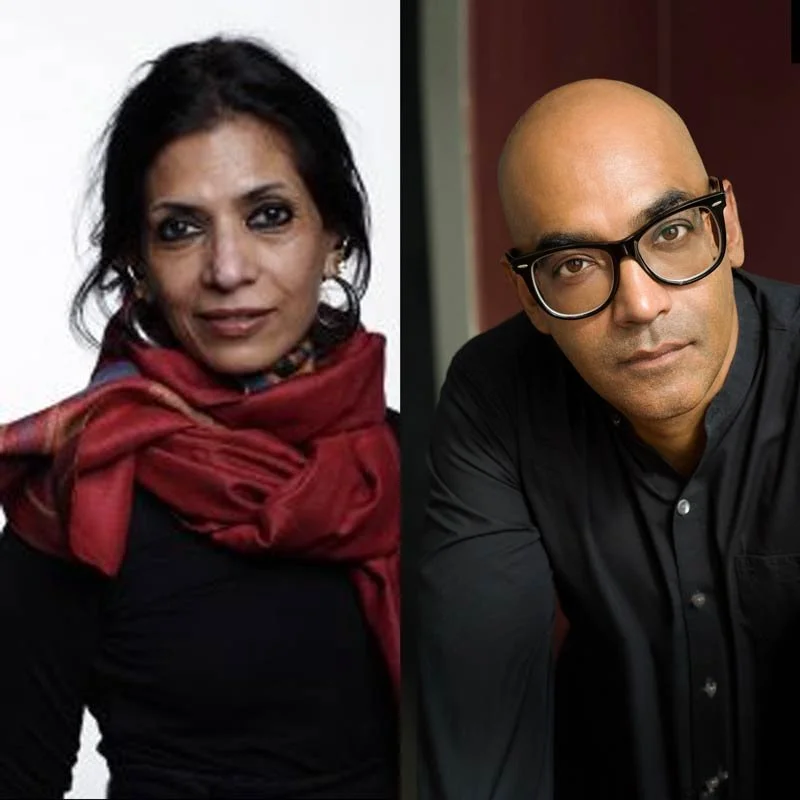Dr. G. Samantha Rosenthal is an Associate Professor of History and Coordinator of the Public History Concentration at Roanoke College in Salem, Virginia. Rosenthal teaches courses in public history, women’s and gender studies, and general education. She is interested in environmental studies, working-class studies, LGBTQ, queer, and trans studies, community organizing, and scholar-activism. She is the author of Living Queer History, and Beyond Hawai’i.
DR. G. SAMANTHA ROSENTHAL
One of the things I really tried to get across in Living Queer History, and particularly in my chapter called “The Whiteness of Queerness” is to first make clear that LGBTQ histories have long been informed by white supremacy. It's kind of the unspoken thing that people don't want to talk about. It’s true all over the country, it's not just a southern thing, but certainly in the South because of the legacies of slavery, of Jim Crow legislation, it’s even more apparent.
So for example here in Roanoke, we have railroad tracks that cut through the city, and it's just like people say, “I live on this side of the tracks” or that side of the tracks. The racial segregation in Roanoke during the Jim Crow era was that the black population lived largely on one side of the railroad tracks, the white population lived on the other. It’s amazing, perhaps upsetting to know that in 2022, that's really still the racial geography of the city. It hasn’t shifted that much. Most neighborhoods are still largely segregated, including the gay neighborhoods. So one of the things I point out is that a gaybourhood that developed as early as the 1960s and 1970s here, which is kind of remarkable because usually we just hear about gay neighborhoods in big cities like New York or San Francisco, but the fact that there was a gay enclave here is interesting, but then we realize that it developed in an all-white segregated neighborhood before integration and it still is super majority-white today makes you wonder if you were LGBTQ, but you but if you were not white, were you welcome there? Would you feel welcome? Do you have a sense of belonging in those spaces? That's true of the early gay bars, they were also segregationist, etc.
So what happens is that we end up in a place where, when I moved here in 2015, I looked around at the landscape of the LGBTQ community–we have one explicitly gay bar that is left and is run by a white gay man. The community center at the time was run by a bunch of white gay men and still their president is a white gay man. The explicitly gay church here at the time, their pastor was a white gay man. Some of this shifts sometimes and then shifts back but hasn't fundamentally shifted, I think structurally. And so what I’ve started to think about is that often LGBTQ spaces are just unthinkingly white because there's a racial blindness, a racial myopia where folks are not thinking about the fact of how racial dominance is playing into that space. Or how racial dominance is playing into the way we tell stories about LGBTQ belonging.
This interview was conducted by Mia Funk & Beila Ungar with the participation of collaborating universities and students. Associate Interviews Producer on this podcast was Beila Ungar. Digital Media Coordinator is Phoebe Brous.
Mia Funk is an artist, interviewer and founder of The Creative Process & One Planet Podcast (Conversations about Climate Change & Environmental Solutions).




















































